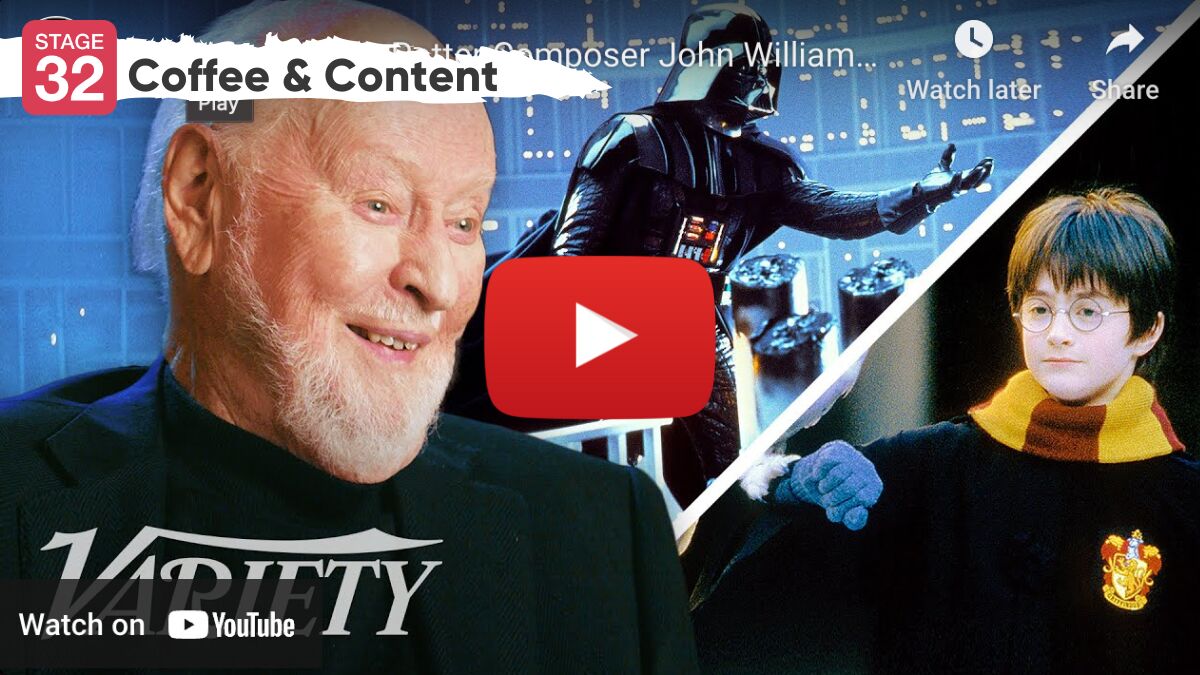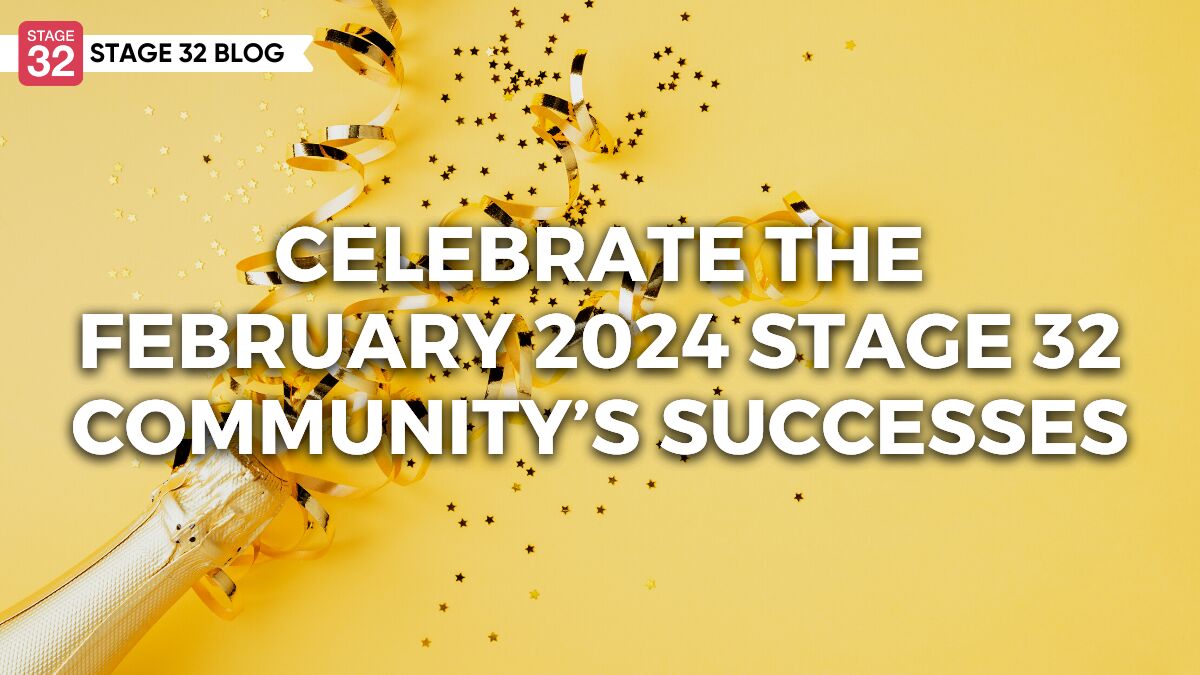From Cartoons To Commercials: The Many Facets Of Animation
There is still a big misconception about animation and its potential use in production. From opening titles, infographics, dreamy segments, and sequences taking place in a different timeline, to whole animated documentaries. Animation is your ally in virtually any production. I've written this blog to discuss how to choose a versatile studio and why this practice is not going away any time soon.
I have to admit; that it took me a while to finally get to say I work in animation without people having blank stares on their faces in awkward silence. I actually prefer to say I do motion graphics, which is not such a broad term as animation, and now in the 2020s, the majority of people my age, and even a generation older would have heard this term before. So here is a brief, super simplified piece of history, followed by some practical advice to partner up with a great creative consultant who specializes in animation.

3D Animation
Animation & Motion Graphics, Two Close Creative Siblings
Animation basically started in the early 1800s as a novelty, way before cinema appeared in the scene, in the form of optical toys and early moving image experiments. It quickly evolved to experimental films in the 1920s with the advent of sound where some popular characters started taking shape.
This decade is where it split into two distinct branches: character or narrative-driven animation on one side, and graphic/abstract avant-garde art form which later spawned motion graphics aka, motion design in the other. Animation became super popular in the 30s and 40s with characters aimed at adults but which children immediately identified with and loved such as all the early Looney Tunes, the Disney classics, and more obscure jewels like Fleischer shorts, which were quite popular at the time. This became the point of no return in Western animation: Adults loved it, but kids did so more thus became the main market to aim for.

Motion Graphics
The Stylish Era
The second half of the 19th century meant an exponential increase in mainstream animation, with bigger budgets and more ambitious productions. Meanwhile, motion design was being used in a huge variety of applications, mostly in film opening titles, like the amazingly crafted Hitchcock films, by Saul Bass.
The 50s brought us very budget-efficient TV commercials with Hanna-Barbera’s stylish but limited animation, amazing design-driven title sequences for James Bond films, and the most beautiful and stylish Disney movie up to date: Sleeping Beauty with Eyvind Earle as main art director.
The 60s and 70s were kind of trying to rebel against the system but couldn’t really do it, with more experimental pieces like Yellow Submarine, Richard William’s unfinished masterpiece The Thief and The Cobbler.

Animated Character Design
22-minute Toy Commercials
The 80s were a very long toy commercial with an attached cartoon as the hook, of which I was an absolute victim of in my childhood. Also in this decade, MTV was born, with a rebellious bring-down-the-system attitude that worked great for a while, breeding really interesting experiments for animators and designers.
The 90’s one of my favorite decades for animation, brought us the subversive Nickelodeon with Fred Seibert as the visionary who promoted author-driven shorts that didn’t follow the rules and Liquid Television who shook the classical schemes of animation production at the time. For motion designers, it was a semi-good decade in film, but its maturity had yet to come a decade later with the advent of the personal computer.
Democracy for Creators
Finally, Y2K came, and since neither the world nor the internet collapsed, we decided to make the most out of cheaper and more powerful personal computers by democratizing animation and motion design. And THIS was the decade where motion design flourished and reinvented itself with experimental pieces and renegade studios all over the world like Kansas City’s MK12, Brazil’s Lobo, UK’s Universal Everything among many others.
So this is where the motion graphics’ Big Bang basically started. With a few thousand dollars, any person had the potential to become a production house. We didn’t have fast internet yet, or THE INTERNET as we know it today, which was the biggest limitation at the time, but knowledge was being spread through forums and obscure sites like Justin Cone’s Tween which later evolved to Motionographer, still present today as the main hub for exposure and trend seeking.

Video Mapping
From Side Dish to Main Course
Now, bear with me a bit more. What does this have to do with film or commercial production? Well, pretty much everything. This is the way animation and motion graphics, two very close siblings who once parted ways, would eventually start to meet again; and in the meantime, they will meet their beloved cousin VFX, in an exciting family reunion. Oh and they will be greeting a newborn baby in the family: digital media.
So in short, the boundaries between these mediums is blurrier than ever, and this is an exciting opportunity to envision new animated applications directly either in live-action content or even as the content itself. From immersive storytelling experiences that mix VR, projection mapping, and sound design; full animated documentaries that explain mature and complex subjects; full digital productions where the use of real-time render engines optimize production and post-production; to motion graphics inside a series episode, that instead of just being a layer of decoration, take no active part in the progression of the drama.
The thing is, 2020 showed us that the world cannot live without animation or motion graphics and that these art forms are among the most resilient of them all, having even increased in the worst year in production the world has seen yet.
And though, this isn’t totally new as animated documentaries or motion graphics short films have been part of our culture for a while now, the increasing inclusion of animated elements not just as graphics but more as storytelling devices, a new universe of possibilities in production has been opened.

3D Animation
The Ideal Partner
So when it’s time to look for the ideal creative partner that specializes in animated production, there are two routes to go: first, the ultra-specialized studio that is great at working with a specific industry or on a specific technique.
I would advise searching for this type of studio or individual when the production has a very clear and specific problem to solve, for example, if you need a digital animal to look realistic for some shots. And the second route is going for the versatile and multi-talented studio or individual, who is not only able to multi-task but also get involved in the creative strategy of the project and tailor a solution for the production’s needs, for example, if you need a partner to consult and propose a few routes to get what you want if your series needs a few animated sequences and you have a budget constraint.
Either way, look for quality studios with the right kind of experience, but mostly the right kind of collaborative and problem-solving attitude.

Domestic or Abroad?
I myself, as a founder of a studio based in the US, can say that we have been working with international clients for the last 10 years with great success stories, not only in the results, but also financially, because of the currency exchange rates.
Besides, home offices being the norm now, and potentially staying for quite some time, we find it’s less noticeable than ever which location are you in if you can successfully set up at least a meeting a day and deliver quality work. For sure the US, Canada, the UK, and other countries that are great producers of content have great studios among their domestic creative ecosystem.
With vast experiences and household reputations and clients, the studio model tendencies are either to survive as gigantic companies of 100+ people, or fragment and go leaner, as medium to small-size studios are now switching to lightweight and more flexible schemes, making them easier to maneuver and switch directions in case the world surprises us with another unexpected turn of events.
Let's hear your thoughts in the comments below!
Got an idea for a post? Or have you collaborated with Stage 32 members to create a project? We'd love to hear about it. Email Emily at blog@stage32.com and let's get your post published!
Please help support your fellow Stage 32ers by sharing this on social. Check out the social media buttons at the top to share on Instagram @stage32 Twitter @stage32 Facebook @stage32 and LinkedIn @stage-32
| Coffee & Content: John Williams Reveals How He Came Up With Cinemas Biggest Scores |
| Celebrate The February 2024 Stage 32 Community's Successes |
Search Stage 32 Blog
There are now 4043 blog posts for you to enjoy. Search them all by tags below.
Acting, Advice, Cinematography, Coffee & Content, Composing, Contests, Distribution, Featured, Filmmaking, Financing, Inspirational, Networking, Producing, Screenwriting, Success Stories, Tips, Trending,Relevant Tags
Recommended Articles

State of the Industry 2026 Now On-Demand: RB & Geoff Break Down What’s Next for Writers!

Happy Thanksgiving From Stage 32: We Are Thankful For YOU

What Stage 32's Community Is Really About (Beyond Scripts, Sets, and Showreels)
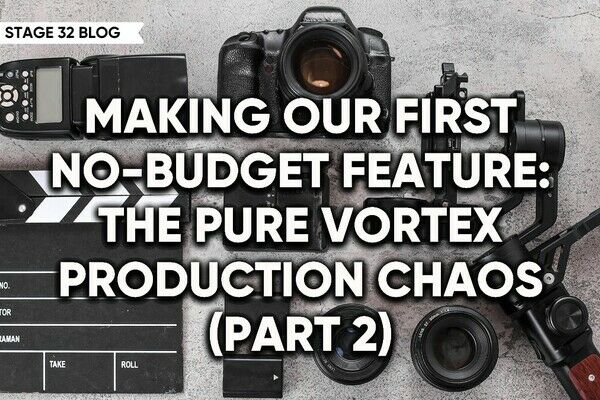
Making Our First No-Budget Feature: The Pure Vortex Production Chaos (Part 2)

Stage 32 Now Certifying the Dallas Film Commission!

Green Lights and Grey Areas: Expanding Creative Collaboration in Publishing

November Write Club Week 4: The Art of the Pitch- What Managers & Execs Actually Want to Hear
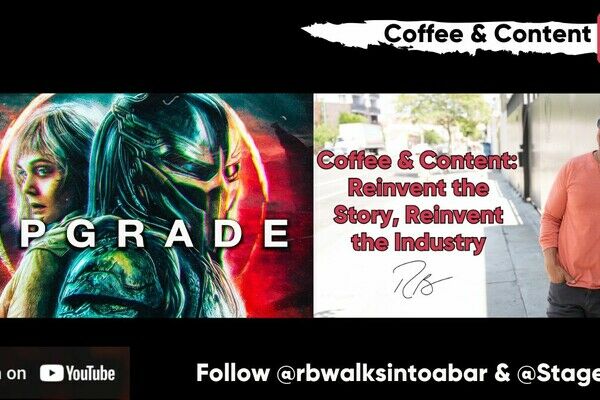
Coffee & Content: Reinvent the Story, Reinvent the Industry
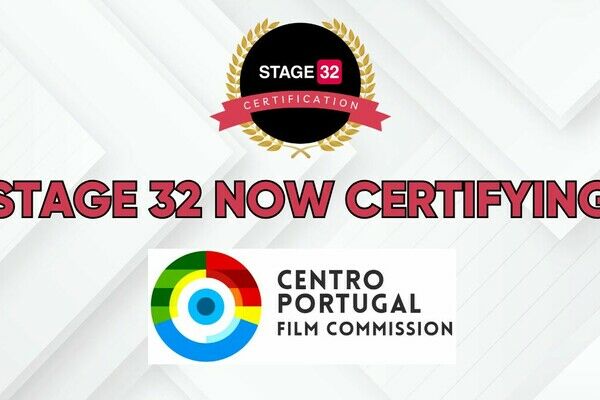
Stage 32 Now Certifying Centro de Portugal Film Commission!



